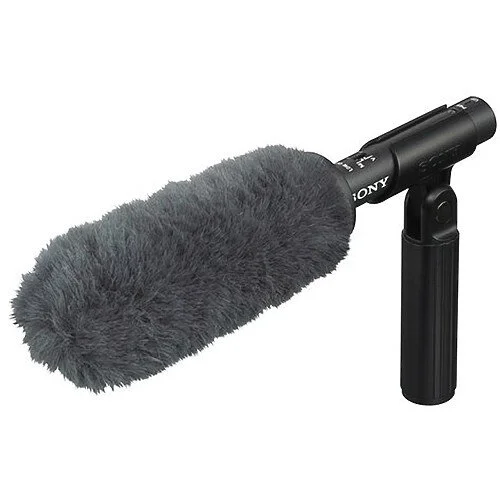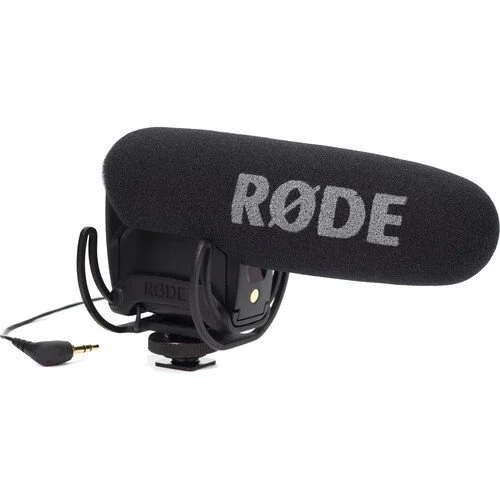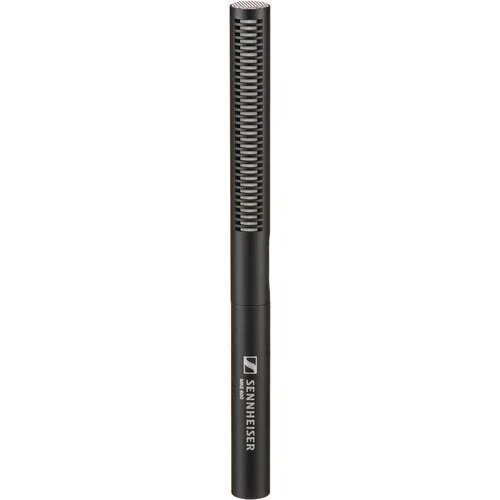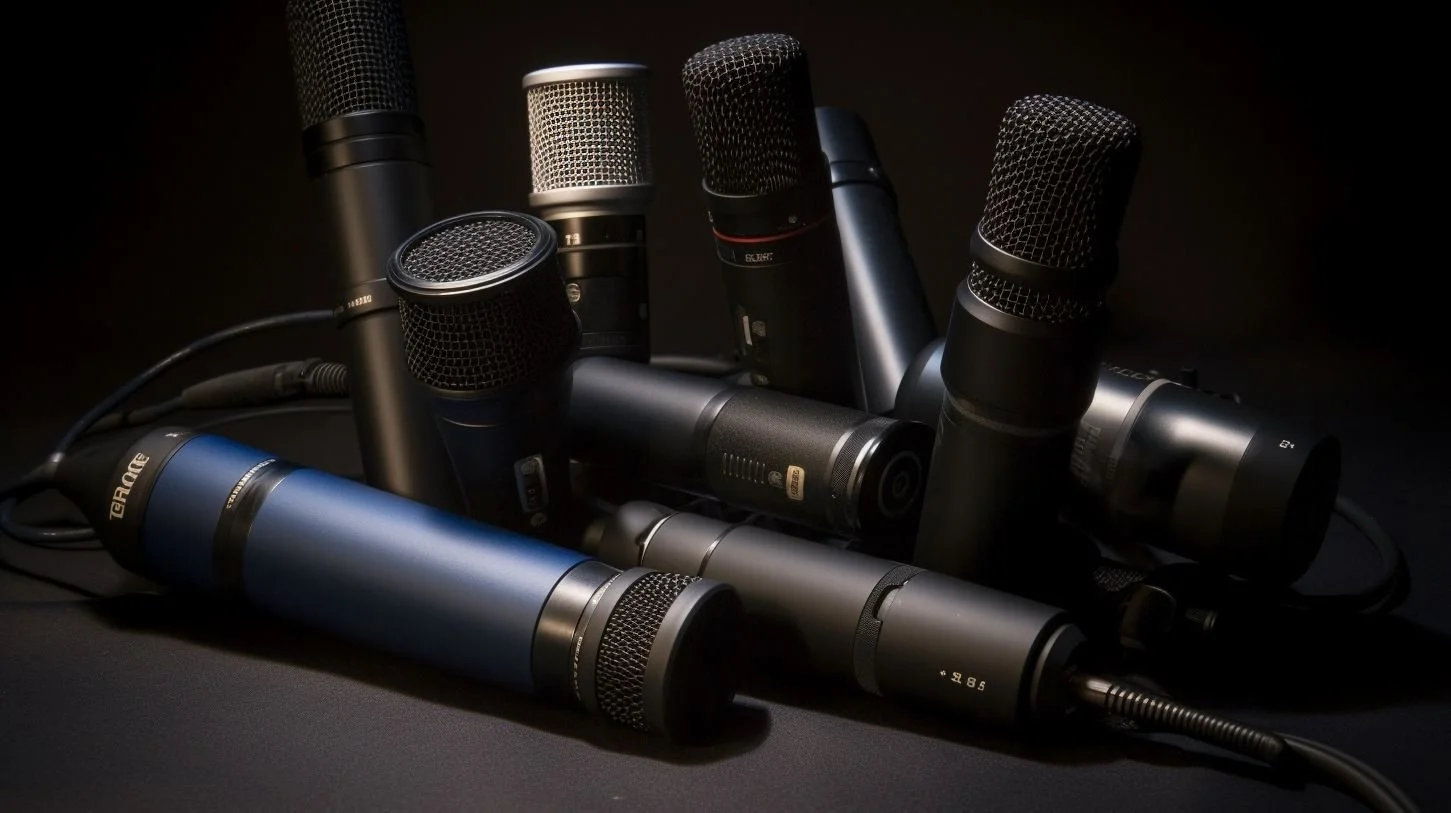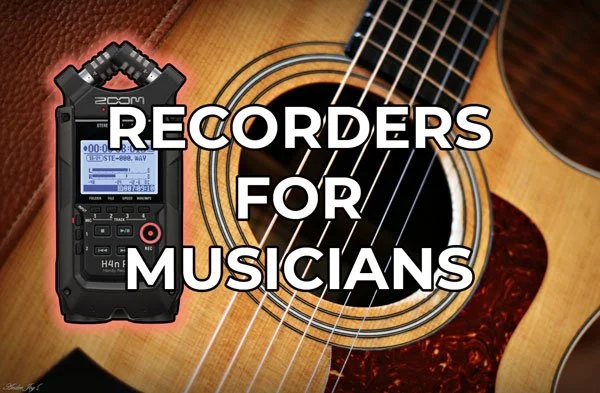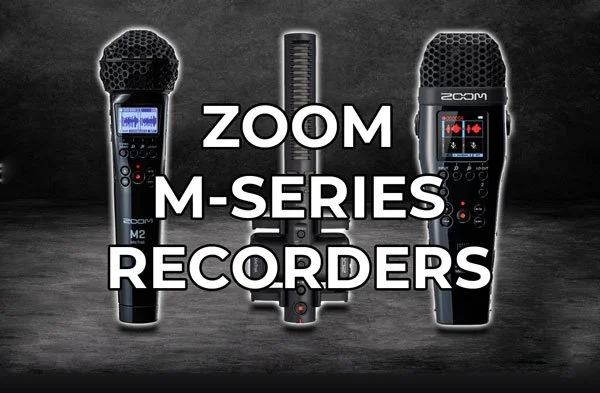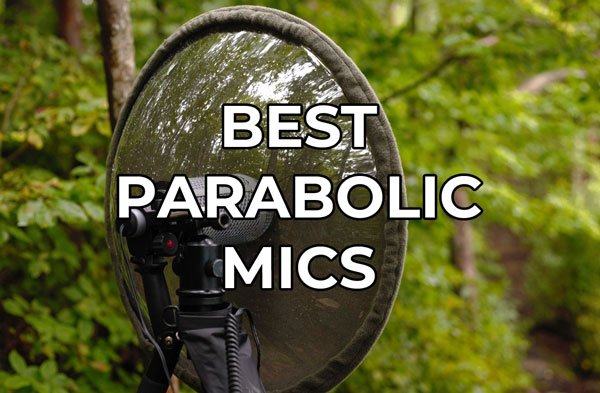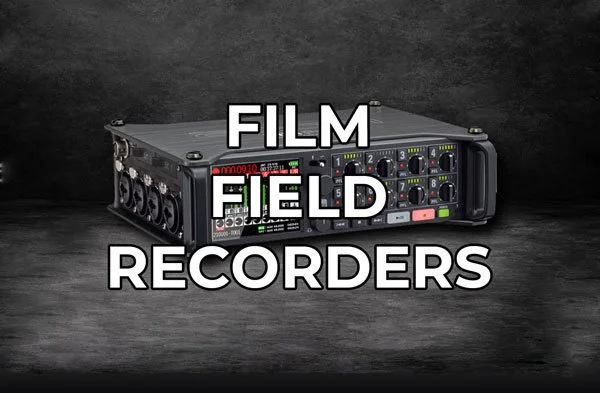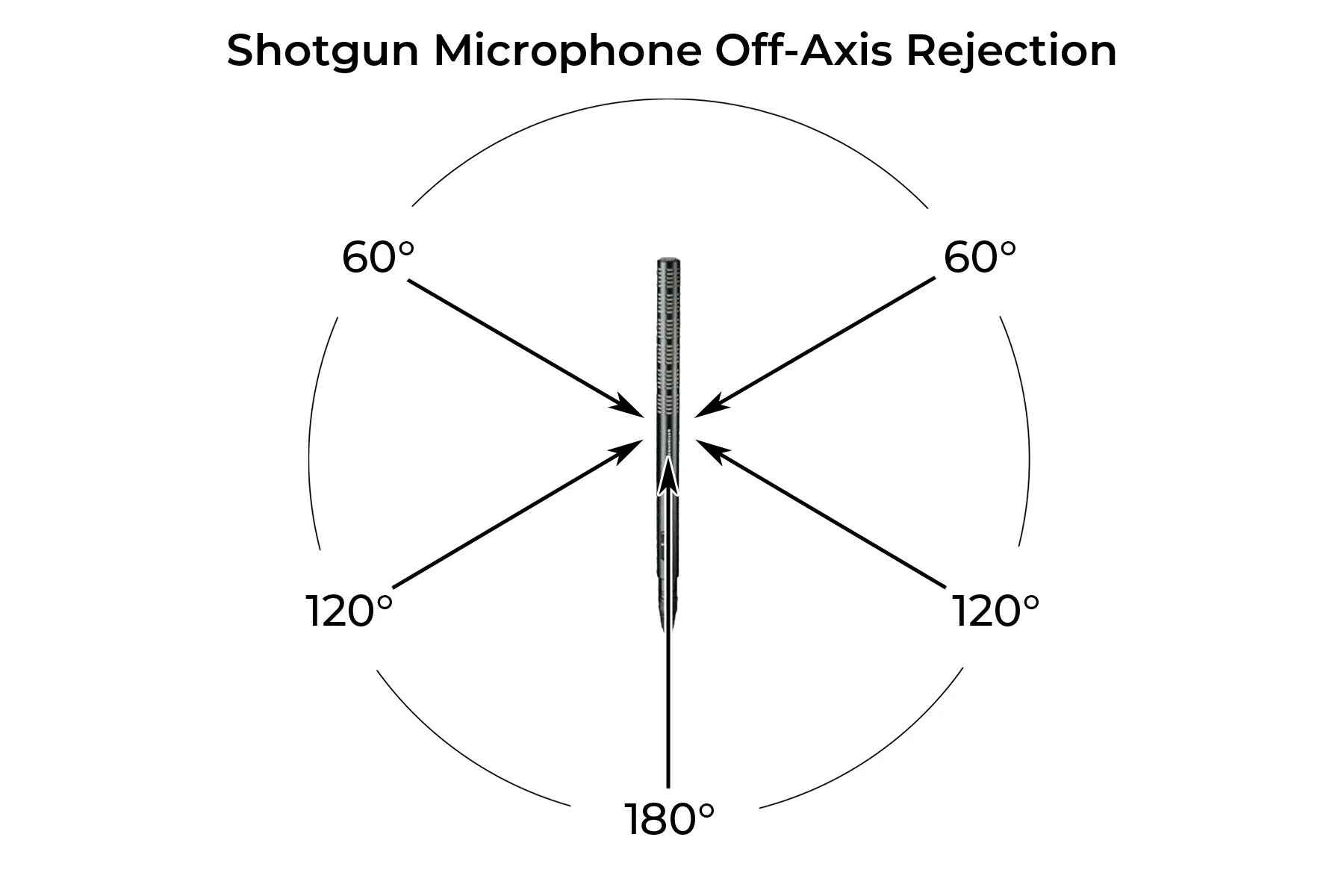Best Low Budget Shotgun Mic (2023)
There are several high quality and affordable shotgun mics on the market these days. Learn which one is best for you in this article!
Shotgun microphones are an essential tool for recording dialog in the film making industry. A few years ago, there weren’t many affordable options with good sound, but recent advancements in shotgun microphone technology has delivered several, high-quality options that are budget friendly.
This article will investigate 7 popular budget shotgun microphones costing less than $300 by comparing their performance vs price to determine which one is best.
The Best Budget Shotgun Mic
WINNER: Rode VideoMic NTG
The Rode VideoMic NTG is the best budget shotgun microphone on the market.
Out of the 7 microphones, the VideoMic NTG had the lowest noise, highest sensitivity and one of the best feature sets.
The VideoMic NTG features button controls for controlling the low cut filter and attenuation pad, includes a shock and cold shoe mount and doesn’t require phantom power.
Bottom line: The pro-level sound quality of the VideoMic NTG, combined with its ease of use and affordability makes it a popular option for professionals and hobbyists alike.
Budget Shotgun Mic Comparison Table
| Mic | Price* | Self Noise | Sensitivity | Rejection* | Out |
|---|---|---|---|---|---|
| Rode VideoMic Go | $99 | 34 dB | -35dBV | 10.6 dB | 3.5mm |
| AT875R | $169 | 20 dB | -30dBV | 16.6 dB | XLR |
| Sony ECM-VG1 | $199 | 18 dB | -33dBV | 12.6 dB | XLR |
| Rode VideoMic Pro | $229 | 14 dB | -32dBV | 10 dB | 3.5mm |
| Rode VideoMic NTG | $249 | 15 dB | -26dBV | N/A | 3.5mm |
| Rode NTG2 | $269 | 18 dB | -36dBV | 14 dB | XLR |
| Sennheiser MKE 600 | $329 | 15 dB | -33dBV | 10 dB | XLR/3.5mm |
*Price from B&H website
*Rejection was determined by calculating the average off-axis rejection at 60°, 120° and 180°.
Click here for definitions of table category terms.
7 Budget Shotgun Microphones (Summary)
Below is a summary for each of the 7 budget shotgun microphones compared in this article. Ranked from least to most expensive, continue reading to find a shotgun mic that matches your specifications and budget.
1. Rode VideoMic Go
The Rode VideoMic Go is the most affordable shotgun microphone on this list.
With 34dB of self noise, you will have unwanted hissing in the final recording. This noise can be reduced to a usable level with noise reduction plugins, but this adds an extra step to the post-production process.
Bottom line: The Rode VideoMic Go is a good option if you have a tight budget and don’t mind a little extra post-production work to reduce its high self noise.
2. Audio Technica AT875R
The Audio Technica AT875R offers a big improvement in sound quality for a minor increase in price in comparison to the Rode VideoMic Go.
With a self noise of 20 dB, the AT875R is capable of recording dialog with minimal background hiss but includes a very limited set of accessories and requires phantom power via an XLR cable.
Bottom line: The AT875R is an affordable shotgun mic with good noise performance. Without a shock mount, it works best in a controlled environment on a mic stand. It would be a good, cheap shotgun mic for recording YouTube videos if you already have an XLR interface.
3. Sony ECM-VG1
The Sony ECM-VG1 is an affordable and popular shotgun mic for recording dialog in dynamic environments with some wind thanks to the included furry windshield.
With 18 dB of self noise, it is capable of recording dialog with minimal background hiss.
The ECM-VG1 requires phantom power.
Bottom line: The Sony ECM-VG1 is a capable shotgun microphone with good wind protection and noise performance. If you already have support for XLR microphones, it’s a solid option.
4. Rode VideoMic Pro
The Rode VideoMic Pro is a fantastic shotgun microphone in the $200 range.
It has very little self noise at only 14 dB and comes with a shock mount and cold shoe fitting.
The VideoMic Pro does not require phantom power and can be powered by most cameras.
Bottom line: Although the VideoMic Pro is a great on-camera shotgun microphone, for a little more money, the VideoMic NTG is a much better option.
5. Rode VideoMic NTG
The Rode VideoMic NTG is the best budget shotgun microphone when is comes to cost and performance.
Its low noise of just 15 dB and extremely high sensitivity of -26dBV gives it the best noise performance on this list.
Additionally, the VideoMic NTG includes a shock mount, cold shoe fitting and buttons for changing the pad and low cut filter settings.
Bottom line: The Rode VideoMic NTG is not only the best budget shotgun microphone, it also competes with shotgun mics costing close to $1000. It can even be used with iPhones and Androids with the included USB cable. If it’s within reach of your budget, it’s your best option.
6. Rode NTG2
Having debuted in 2013, the Rode NTG2 has been a long time staple in many sound kits.
It appeals to the beginner and professional thanks to its low noise, solid build construction and ability to use battery or phantom power.
Bottom line: If you’re looking for a tried-and-true shotgun mic on a budget, this is it.
7. Sennheiser MKE 600
The Sennheiser MKE 600 is the most expensive and oldest shotgun microphone on this list. It came out in 2012 and is beginning to show its age.
Although manufactured by the leading shotgun microphone brand, the MKE 600 has been outclassed by more recent introductions.
Bottom line: The Sennheiser MKE 600 used to be the best budget shotgun microphone on the market but has been recently outclassed by more modern mics.
Definitions
When shopping for a shotgun microphone, it’s important to understand the terms used to measure and classify them. In this section you’ll find detailed information about self noise, sensitivity, rejection and output connectors.
Self Noise
The self noise of a microphone measures the amount of high frequency, static noise the the microphone produces when powered. This noise is largely produced by flow of electrons in the internal circuitry of the microphone.
Because electrons must move for electronics to function, all microphones produce some amount of noise but the amount varies greatly between models. Self noise can be minimized by electronic component selection (resistors, capacitors, diodes) and circuit board design.
Since both of these require research and development on behalf of the manufacturer, lower self noise microphones are usually more expensive. You don’t always get what you pay for so always look at a microphone’s self noise in the specifications before purchasing.
Generally speaking, a self noise of 20dB or less is quiet enough for recording speech without any unwanted hissing noise in the background.
Self Noise Levels:
Poor: 24 dB-A and above. At this level, self noise is obvious and obtrusive in any recording situation short of recording jet engines at takeoff. Well, maybe that’s a slight exaggeration. Recording any sound below 70 decibels (vacuum cleaner) will have audible self noise hissing.
Fair: 20-23 dB-A. Self noise is still clearly audible at this level when recording anything below speaking volume (60dB).
Good: 16-19 dB-A. Great for most dialog and booming applications. Some noise may be heard when recording whispers, quiet ambiances and other sounds below 30-40dB.
Very Good: 11-15 dB-A. Recordists may be able to discern some slight self noise under critical conditions. Conditions include rustling leaves and other sounds below 20dB (there’s not many).
Excellent: 10 dB-A and below. Extreme low noise. Unnoticeable in any recording situation as even the quietest recording room still has more than 10dB of ambient noise.
Sensitivity
Microphone sensitivity is another important specification for shotgun mic comparisons. In this article, sensitivity is measured in dBV. The larger the number, the more sensitive the microphone. For example, a microphone with a sensitivity of -30dBV is more sensitive than a microphone with a sensitivity of -33dBV.
Some manufactures measure sensitivity in mV. For a calculator to convert between measurements, please see this article.
The more sensitive a microphone is, the louder the recorded signal will be. This can help to lower the noise floor of a microphone and make it sound quieter than its self noise measurement would have you believe.
If two microphones are almost identical in every other way, choose the more sensitive one.
Rejection
Off-axis rejection measures the reduction of ambient noise levels at 60°, 120° and 180° from the microphone capsule.
Rejection measures how good a shotgun microphone is at isolating the sound of your subject. Shotgun microphone are designed to filter out sounds originating to the sides of your subject.
The key behind a shotgun microphone’s directionality is the tube. The microphone capsule sits at the bottom of a long, hollow tube with slotted holes on the sides.
The idea is that sound in front of the tube will travel, unimpeded down the tube to the capsule. This direct path maximizes the gain of your desired subject.
Sounds to the side of the barrel, however, can only reach the capsule by traveling through the slots. The same sound enters through multiple slots, which creates differences in phase inside the tube. When these different phases meet each other, they cancel out.
This phase-canceling works especially well for frequencies above 2kHz, and is increasingly less effective for frequencies below 2kHz.
Output Connectors
The output connector is very important to consider with shopping for a new shotgun microphone. All the microphones in this article are either 3.5mm TRS or XLR.
3.5mm TRS
3.5mm TRS connectors are easy to use since they do not require phantom power and are supported by almost any device. They look like a standard headphone jack and simply plug into your camera or recording device and are powered by very low voltages (2.5v).
Most 3.5mm microphones can even be powered by phones via a lightning to 3.5mm adapter!
The ease of use and versatility of 3.5mm microphones makes them popular among hobbyists and professionals alike.
XLR
Microphones with XLR outputs usually require phantom power; however, some can be powered by a AA or 9v battery. These microphones require high voltages (48v) to work properly.
XLR microphones are not ideal for someone on a budget because they require the additional purchase of a preamplifier to power the microphone. Also, their hunger for power will quickly deplete the batteries of the preamp, resulting in shorter recording sessions.
However, the higher voltages of XLR microphones usually allows them to preform better than their 3.5mm counterparts but there are some exceptions.
Since most XLR microphones require the purchase of additional gear to function properly, they are most often used by professionals who already own dedicated preamps.
Final Thoughts
After researching the best budget shotgun microphones on the market, the Rode VideoMic NTG emerged as the clear winner. The VideoMic NTG is affordable, extremely quiet, very sensitive and comes with some great accessories.
Support Acoustic Nature
If you enjoyed this post and would like to help support Acoustic Nature, please consider "buying me a coffee" or becoming a Patreon with the buttons below.
As a thank you for your support, Patreon supporters receive a copy of Field Recording For Beginners, exclusive access to the full Behind The Sounds video series, nature sound library downloads, and more.
If you are unable to support the site financially, please share this post with others, or leave a comment below letting me know you enjoyed this post! Both are free and help the website grow. Thank you ♫
Thanks for reading,
-Jared





